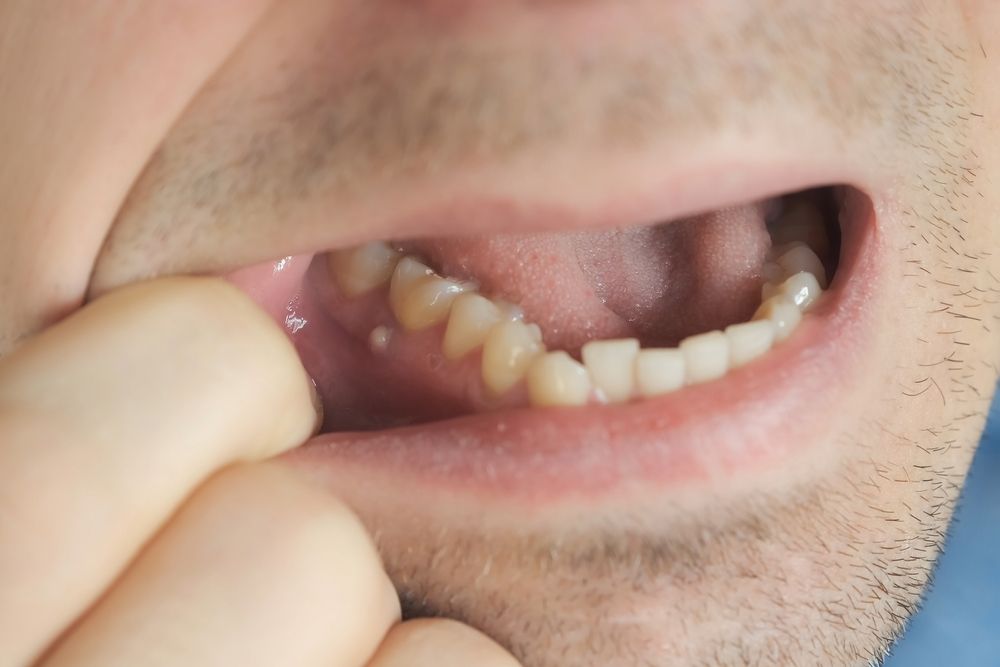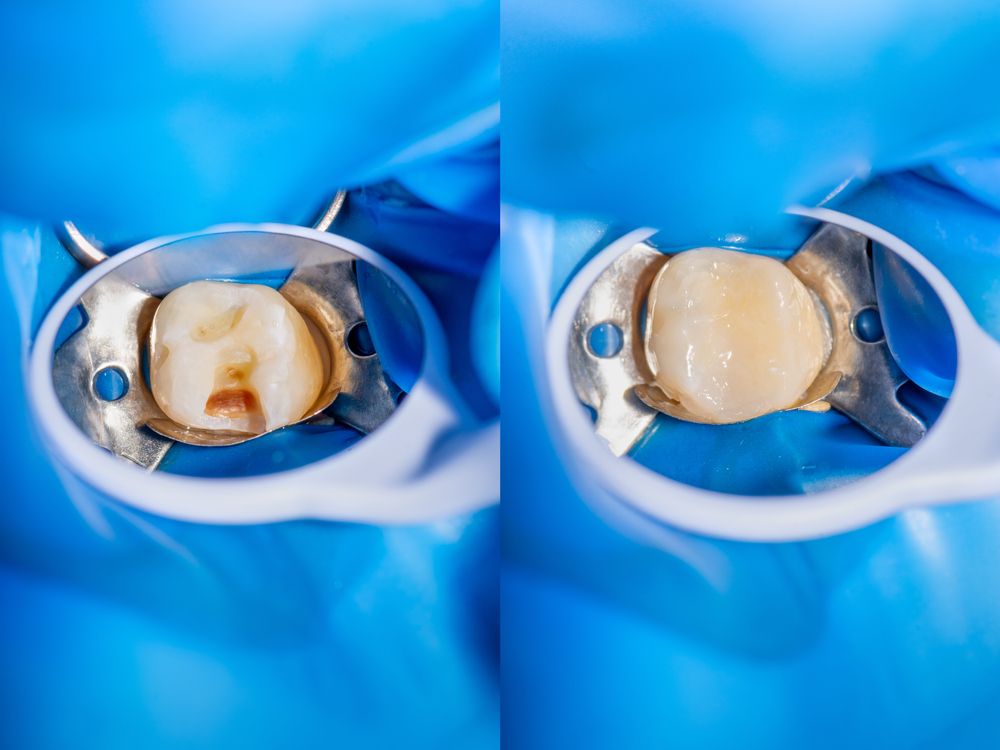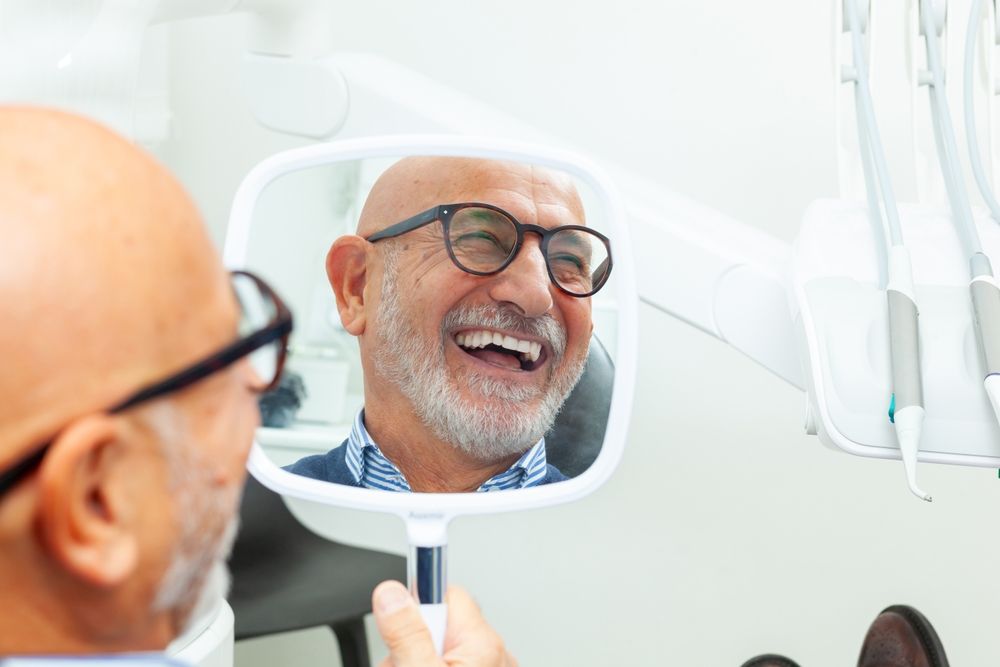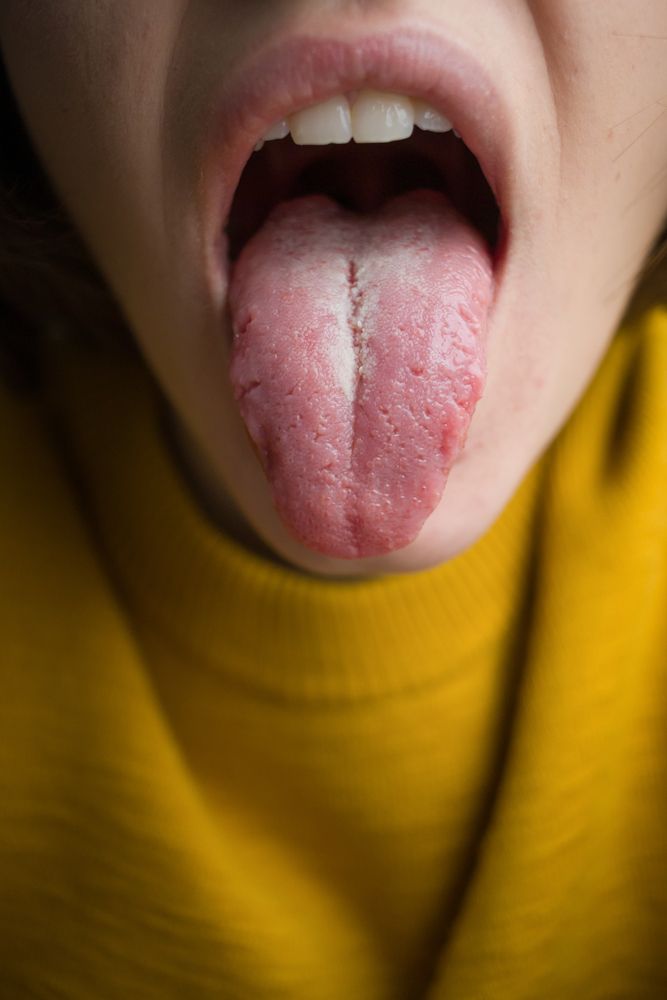Dental pain and sensitivity are common issues that affect many individuals. These conditions can range from a mild annoyance to severe discomfort that interferes with daily life. Understanding the causes, symptoms, and treatment options for dental pain and sensitivity is crucial for maintaining oral health and comfort.
What is Dental Pain and Sensitivity?
Dental Pain:
This can be a sharp, throbbing, or constant ache in the teeth, gums, or jaw. It may occur constantly or in response to certain triggers like hot, cold, or sweet foods.
Dental Sensitivity:
Also known as “dentin hypersensitivity,” this condition is characterized by a sharp, temporary pain in the teeth when exposed to stimuli such as hot, cold, acidic, sweet, or even touch.
Here’s a table outlining the key differences between dental pain and tooth sensitivity:
| Aspect | Dental Pain | Tooth Sensitivity |
| Definition | A broad term for discomfort or pain in teeth, gums, or jaw. | A sharp, sudden pain in teeth when exposed to certain stimuli. |
| Triggers | Can be constant or triggered by biting, chewing, or infection. | Triggered specifically by stimuli like hot, cold, sweet, or acidic substances. |
| Duration | Can be persistent and lasting. | Generally brief, subsiding after removal of the stimulus. |
| Location | Can occur anywhere in the mouth. | Usually localized to specific teeth. |
| Associated Causes | Tooth decay, gum disease, abscesses, fractured teeth, impacted teeth. | Enamel erosion, receding gums, recent dental work, cracked fillings. |
| Symptoms | Throbbing, aching, sharp or dull pain; may include swelling, bleeding, or signs of infection. | Sharp, sudden pain in response to specific external triggers. |
| Treatment | Addressing underlying causes, pain management, restorative dentistry. | Desensitizing toothpaste, fluoride treatments, dental procedures to cover exposed areas. |
This table highlights the distinct aspects of dental pain and tooth sensitivity, aiding in better understanding and differentiation between the two.
Common Causes

- Tooth Decay: Cavities can expose the sensitive inner layers of the tooth, leading to pain and sensitivity.
- Gum Disease: Inflamed and receding gums can expose the roots of the teeth, making them sensitive.
- Cracked Teeth: Even small cracks can expose the sensitive inner dentin or pulp of the tooth.
- Enamel Erosion: Acidic foods, over-brushing, or bruxism (teeth grinding) can wear down tooth enamel.
- Recent Dental Procedures: Sensitivity is common after procedures like fillings, crowns, and teeth whitening.
Symptoms to Watch For
- Sharp, sudden pain when eating or drinking hot, cold, or sweet foods.
- Throbbing or aching pain in the teeth or jaw.
- Pain when biting or chewing.
- Sensitivity that persists even when the stimulus is removed.
Preventive Measures
- Good Oral Hygiene: Regular brushing and flossing help prevent conditions that cause pain and sensitivity.
- Use a Soft-Bristled Toothbrush: This reduces the risk of enamel erosion and gum recession.
- Avoid Acidic Foods and Drinks: Or rinse your mouth with water after consuming them.
- Use Desensitizing Toothpaste: These can help reduce sensitivity over time.
- Wear a Mouthguard: If you grind your teeth at night.
Treatment Options
- Fluoride Treatments: Applied by a dentist, these can strengthen enamel and reduce sensitivity.
- Dental Bonding, Crowns, or Inlays: These can repair damaged teeth and protect exposed dentin.
- Gum Grafts: For receding gums, this procedure can protect exposed roots.
- Root Canal Therapy: In cases of severe pain due to damaged tooth pulp.
When to See a Dentist
- Persistent or severe pain.
- Sensitivity that doesn’t improve with over-the-counter treatments.
- Pain accompanied by swelling, fever, or signs of infection.
Conclusion
Dental pain and sensitivity can significantly impact your quality of life. Understanding the causes, symptoms, and treatments is the first step in addressing these issues. Regular dental check-ups and good oral hygiene practices are key to preventing and managing dental pain and sensitivity. If you’re experiencing any discomfort, don’t hesitate to consult your dentist for a proper diagnosis and treatment plan.
Remember, taking care of your oral health is an integral part of your overall well-being. Stay informed, stay proactive, and keep smiling!






